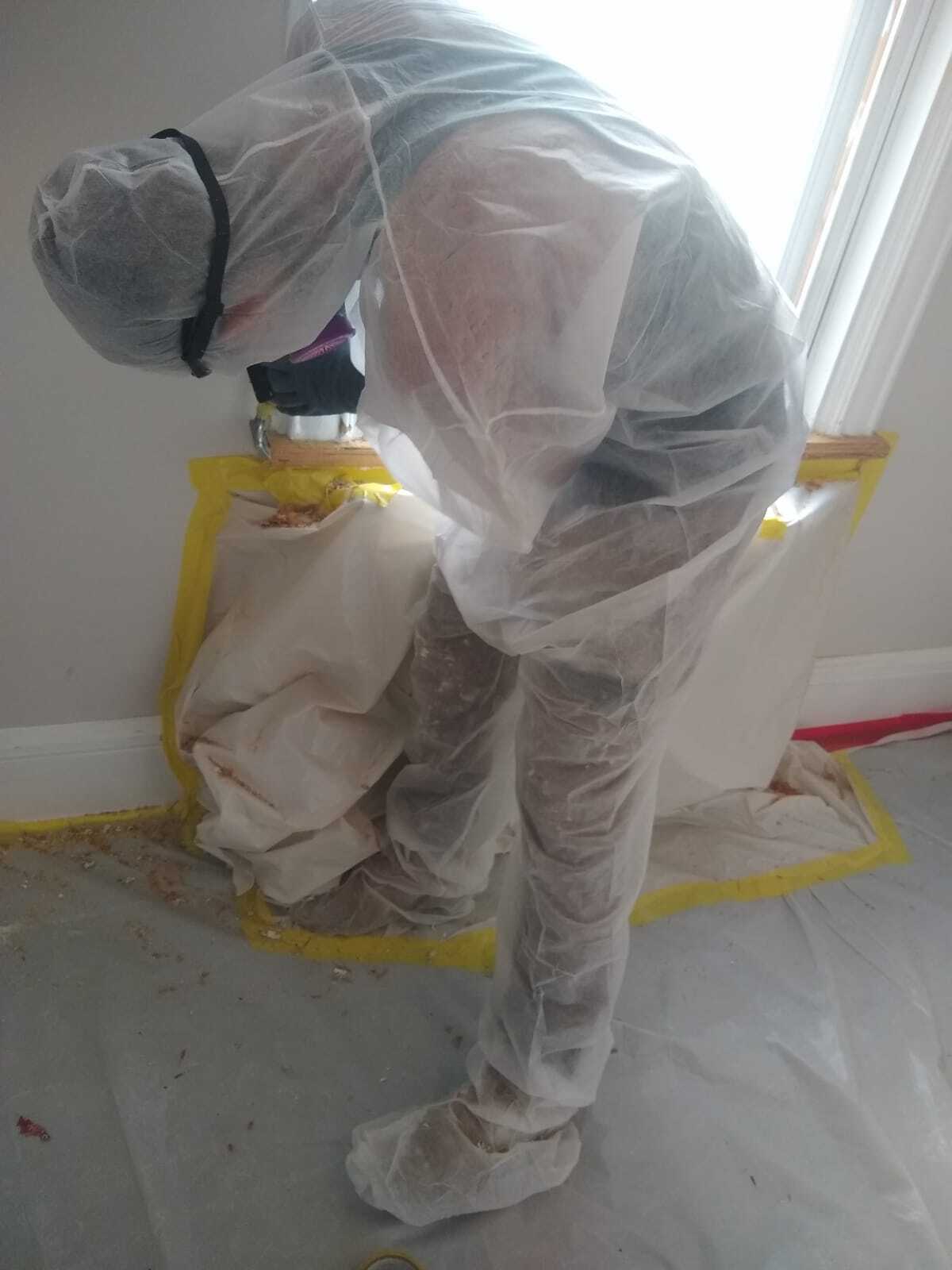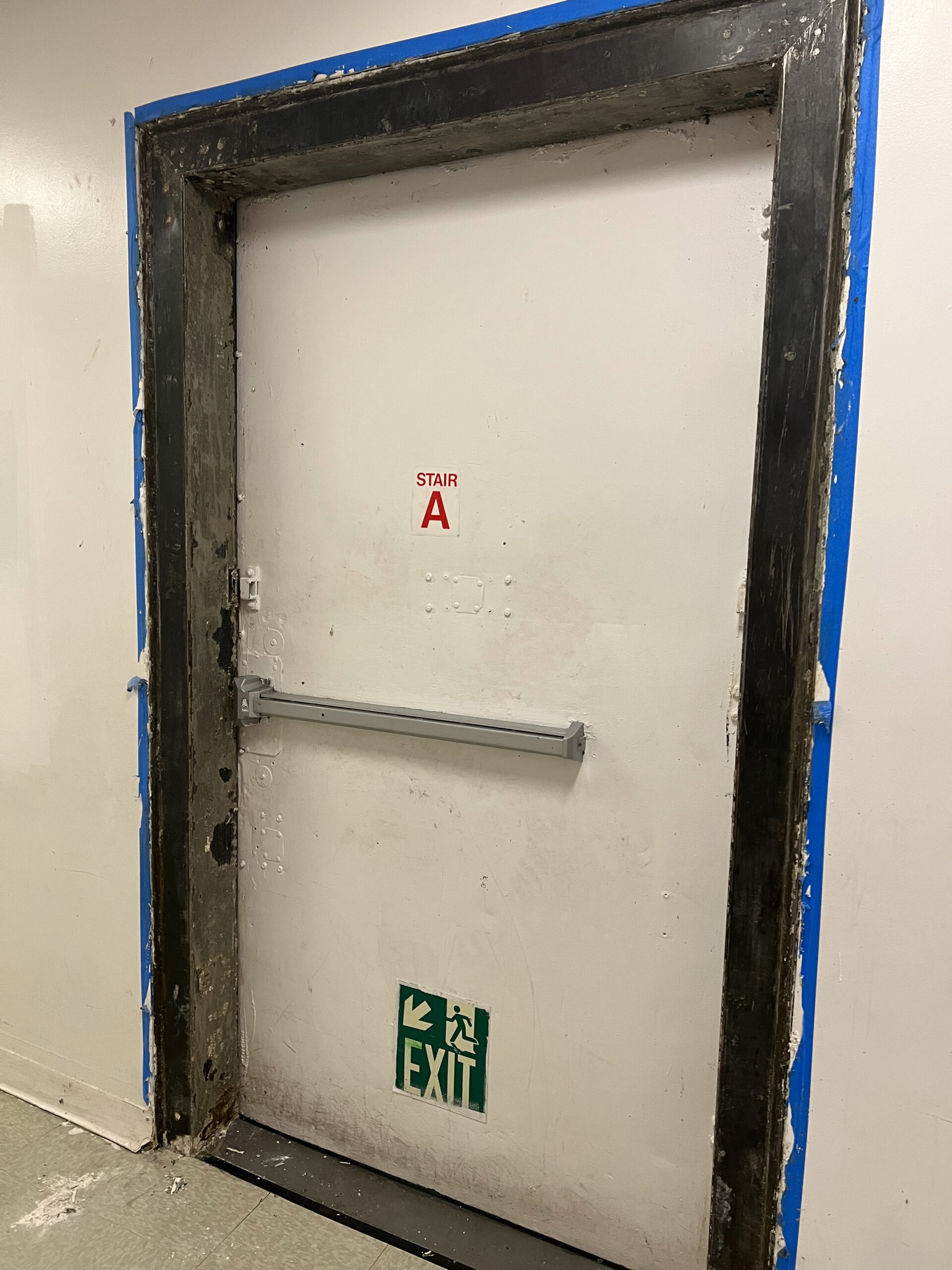Essential Devices and Approaches for Reliable Lead Infraction Clean-up
Resolving lead infractions properly demands a comprehensive technique that mixes the right tools with strategic methods. Concurrently, the usage of specialized cleanup tools, such as HEPA vacuum cleaners and lead-specific cleaning agents, is crucial for extensive pollutant removal. Reliable control techniques, consisting of plastic bed linen and unfavorable air stress systems, are essential to protect against the spread of harmful products.
Personal Protective Equipment
Individual protective devices (PPE) is a vital component in the efficient management of lead contamination cleaning. The vital PPE for lead clean-up includes respirators, safety clothes, handwear covers, and eye security.
Respirators, particularly those outfitted with HEPA filters, are essential for filtering air-borne lead fragments, protecting against breathing. Protective garments, including coveralls and non reusable matches, avoids lead dust from adhering to workers' garments, decreasing the risk of secondary contamination.
Furthermore, strenuous training on the correct use and upkeep of PPE is important. Workers need to be enlightened on wearing and doffing treatments to stay clear of contamination. Regular inspections and replacements of PPE parts are necessary to keep their protective abilities, making sure a secure and compliant cleanup operation.
Specialized Cleanup Devices

Another important tool is the wet/dry vacuum, which can properly cleanse up both dirt and liquid contaminants. These vacuum cleaners frequently include HEPA filters to offer an additional layer of security. Damp cleans or tack fabrics are also essential for surface area cleansing; they are especially developed to catch and hold lead fragments, minimizing the risk of spreading out contamination.
For more stubborn down payments, specialized lead-removal cleaning representatives are required. These representatives are created to break down lead particles, making them less complicated to get rid of. Scrub brushes with tough bristles can help in this process, especially on harsh surfaces where lead dirt tends to stick extra highly.
Additionally, encapsulants are made use of to secure lead-contaminated surfaces, stopping the launch of lead dust. These specialized paints and layers are designed to abide by numerous substrates, giving a long-term solution for lead containment.
Reliable Control Approaches
Efficient containment methods are vital in minimizing the spread of lead contamination during cleaning tasks. Implementing durable control techniques ensures that lead particles do not migrate to unaffected areas, therefore protecting both workers and the environment. One main method is making use of plastic bed linen to seal off contaminated zones. Durable polyethylene barriers can be mounted from floor to ceiling to produce a regulated workplace, considerably reducing the threat of airborne lead dirt dispersal.

To boost control, encapsulants can be put on surface areas that are not being removed or news disturbed. These specialized layers bind lead dirt, decreasing its schedule for resuspension. In addition, all personnel should use ideal Personal Safety Tools (PPE), consisting of respirators and disposable fits, to stop contamination spread.
Safe Disposal Practices
Making sure risk-free disposal techniques is an essential part in the monitoring of lead contamination cleanup. Correct disposal alleviates the threat of lead re-entering the setting and threatening public wellness. The very first step is to identify and set apart lead-contaminated waste from various other materials. Protected containment making use of sturdy, leak-proof containers is important to stop spillage during transportation.
Carrying browse around these guys lead waste calls for adherence to stringent standards. Utilizing qualified hazardous waste carriers makes certain that the materials are dealt with responsibly. Documents, including manifests detailing the kind and quantity of waste, must go along with deliveries to track the waste from the website of beginning to its last disposal destination.
Designated contaminated materials disposal facilities are geared up to manage lead-contaminated materials securely. These facilities commonly use sophisticated methods such as stabilization, solidification, or why not try here chemical treatment to reduce the effects of the lead before disposal. Landfilling in specialized, lined areas that prevent leachate from infecting groundwater is a common practice for last disposal.
Regular training for personnel associated with lead garbage disposal is vital to maintain security standards and protect against unintentional exposure. By adhering to these methods, companies can considerably decrease the environmental and wellness effects related to lead contamination.
Regulatory Compliance Tips

Following regulative compliance is extremely important in the successful implementation of lead contamination clean-up. Recognizing and complying with government, state, and regional regulations makes sure not only the safety and security and health of people but additionally the legal and economic well-being of the cleaning organization. The Environmental Defense Agency (EPA) establishes strict criteria, such as the Lead Remodelling, Fixing, and Painting (RRP) Policy, which mandates proper accreditation and training for contractors managing lead-based activities.
Conformity begins with an extensive analysis of applicable legislations and guidelines. Organizations has to remain updated on any legislative modifications, which can be promoted through regular training sessions and signing up for market updates. Paperwork is an additional critical compliance aspect; maintaining in-depth documents of all tasks, consisting of examination records, staff member training logs, and disposal shows up, is important.
Furthermore, engaging with certified lead inspectors or risk assessors makes sure that lead risks are correctly identified and reduced. Employers must enforce making use of Individual Safety Tools (PPE) and make sure that security procedures are strictly followed. Lastly, clear interaction with stakeholders, consisting of workers, clients, and governing bodies, will certainly promote a culture of compliance and liability, inevitably adding to a much safer and much more efficient lead cleaning procedure.
Verdict
Efficient lead infraction cleaning necessitates the combination of specialized devices and strategic methods to ensure safety and effectiveness. Individual protective equipment (PPE) safeguards employees from direct exposure, while secure disposal practices and stringent adherence to governing conformity are important for properly handling unsafe waste.